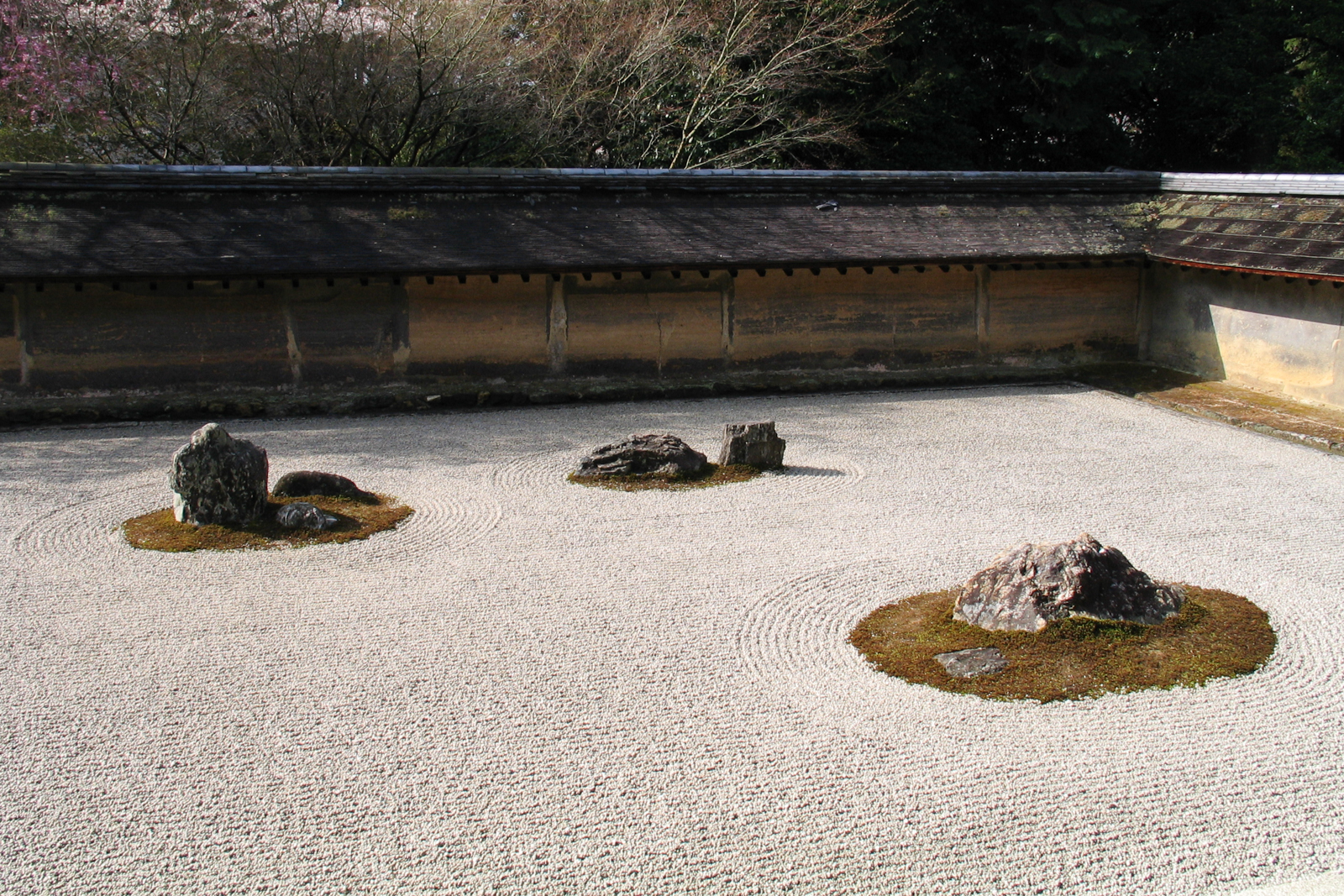photo by Stephane D’Alu
Zen Buddhism was introduced to Japan by a Japanese monk traveling back from China during the 12th Century. Since then, Zen teachings have become deeply engrained in Japanese life and culture. Ikebana (art of flower arrangement), chado (way of tea), and martial arts are a few examples of how Zen Buddhism has influenced the values and traditions that are still cherished by the Japanese.
Ikebana, is the art of flower arrangement. Its origin began as small offerings of flowers used to decorate the shrines at the Buddhist temples, which is why even today many masters of ikebana are Buddhist monks. Zen Buddhism is not about abundance, but about appreciating what we have in life. We can see how these values are celebrated in Ikebana, where flowers and vegetation are displayed in its most natural, and therefore most beautiful, state. Ikebana, literally translated as ‘live flowers’, reminds us to appreciate the many wonderful gifts of nature and all its glory.
The origins of chado can also be traced back to Zen Buddhism. Zen Buddhism is about living our daily lives with a humble heart and the tea ceremony emphasizes the four principles of harmony, respect, purity, and tranquility. Chado demonstrates how even the simple of act of serving and drinking tea can be beautiful and generous. As stated by the Urasenke Tea Association, tea should be served “with a respectful heart and received with gratitude, a bowl of tea satisfies both physical and spiritual thirst.”
Although martial arts may initially seem quite different than chado or ikebana, it also has its foundations firmly rooted in Zen Buddhism. The Japanese practice many different forms of the martial arts, the most well known being karate, aikido, and kendo. Many of the martial arts originated from the necessity of protecting ancient Buddhist temples. Furthermore, martial arts also stress keeping an “empty mind” and an open heart similar to Zen teachings.
Yet, even with all of these examples, Zen is still difficult to define. Another approach to understanding Zen is through studying the landscapes and images of Japan. When one thinks of Zen, what immediately comes to mind is the famous serene Zen rock garden at the Ryoanji Temple in Kyoto, Japan. Built in the 15th century it remains timeless, appealing to all races, genders and ages. The Zen rock garden or karesansui in Japanese, means a “dry landscape” with no ponds, rivers, or lakes. Carefully placed boulders and rocks represent islands while gravel and sand symbolize oceans, lakes, rivers and ponds. The sand or gravel in many of these rock gardens is raked into deliberate patterns and ring-like shapes to resemble ripples of water. The slow, precise movement and physical coordination for raking requires great technique and concentration, considered a part of Zen practice.
It’s hard to imagine how only a few natural elements, placed with extreme care and consideration can convey such a serene and beautiful environment. Yet, it brings such comfort, peace, calmness and joy to each and every person that it touches. This is part of what Zen Buddhism is trying to teach us – that the simple natural joys of life are all we need to find fulfillment.




First of all I would like to say terrific blog! I had a quick question that I’d like to ask if you don’t mind. I was interested to find out how you center yourself and clear your thoughts prior to writing. I have had difficulty clearing my mind in getting my thoughts out. I truly do take pleasure in writing however it just seems like the first 10 to 15 minutes are lost just trying to figure out how to begin. Any ideas or tips? Appreciate it!
Hi Sandra,
Thanks and happy to know you like the blog!
I’m rather a scatter brain and I too have to get in the right mood to write. To get myself settled, I have my pot of tea, and make myself physically comfortable. It may sounds strange, but in feng shui to work with a solid wall behind your back is relaxing, and when relaxed we make better decisions. You don’t want someone walking behind your back because it’s distracting. It seems to work well for me. Please give this a try and let me know if it works for you.
Then you may set a objective to do this less
(and do the apropriate thing, and watch it onn a TELEVISION instead).